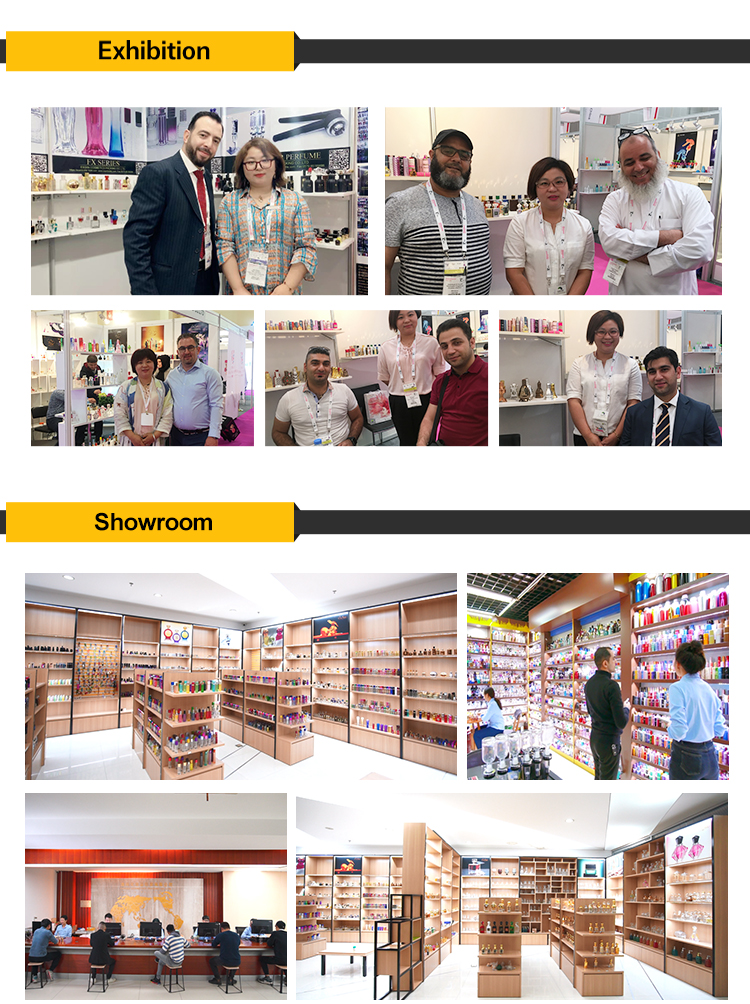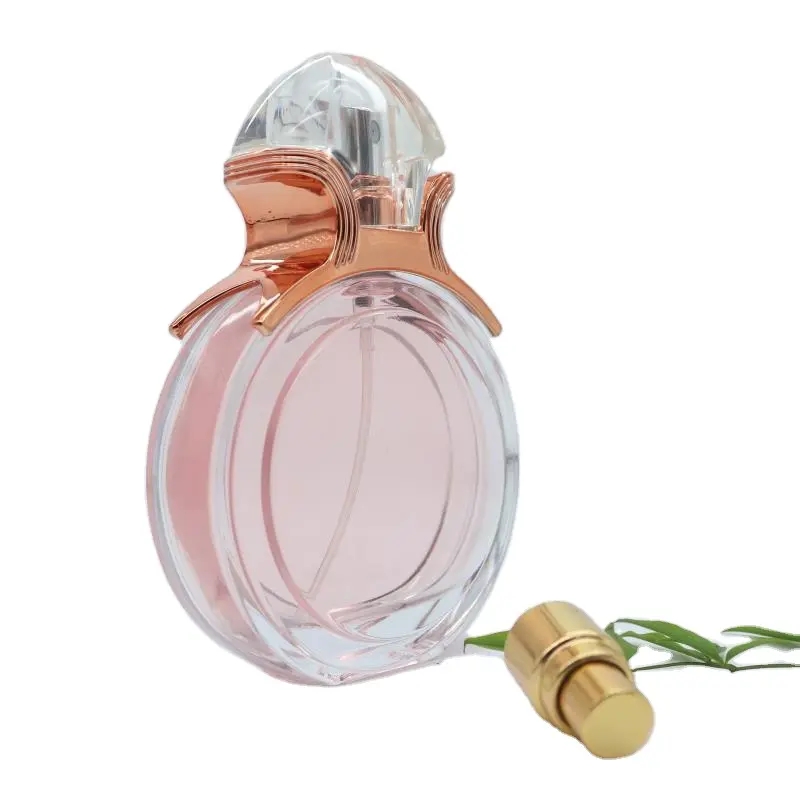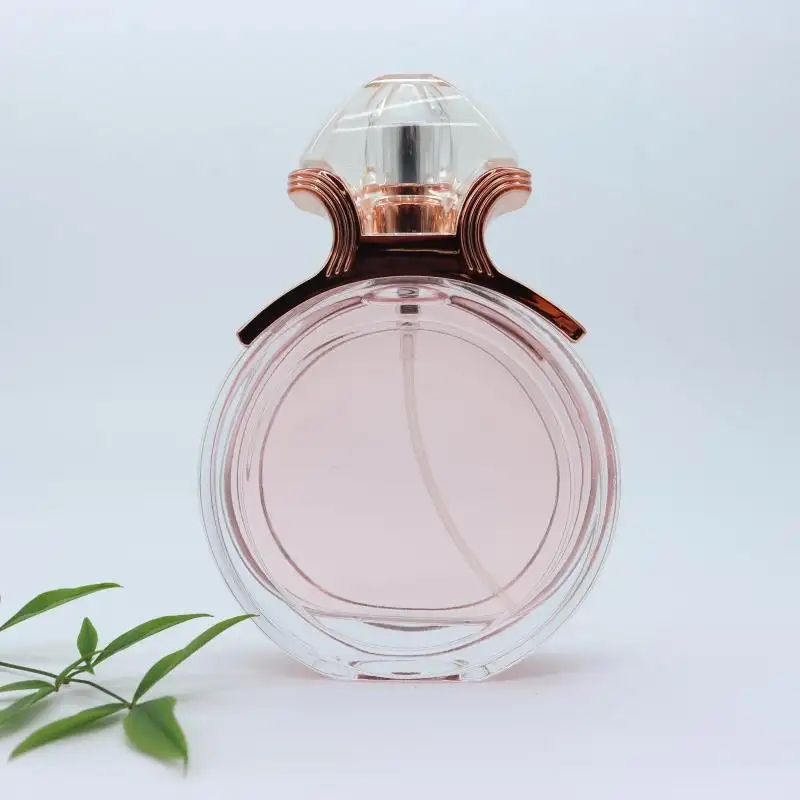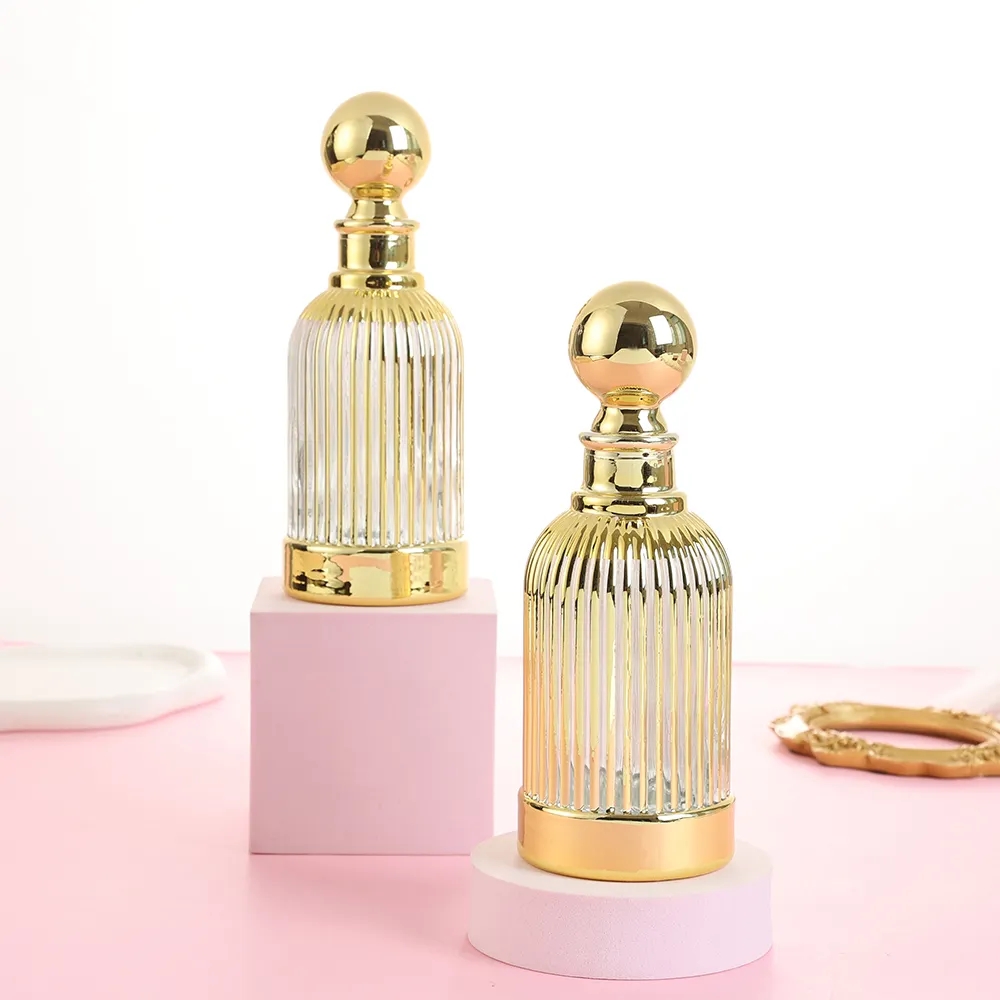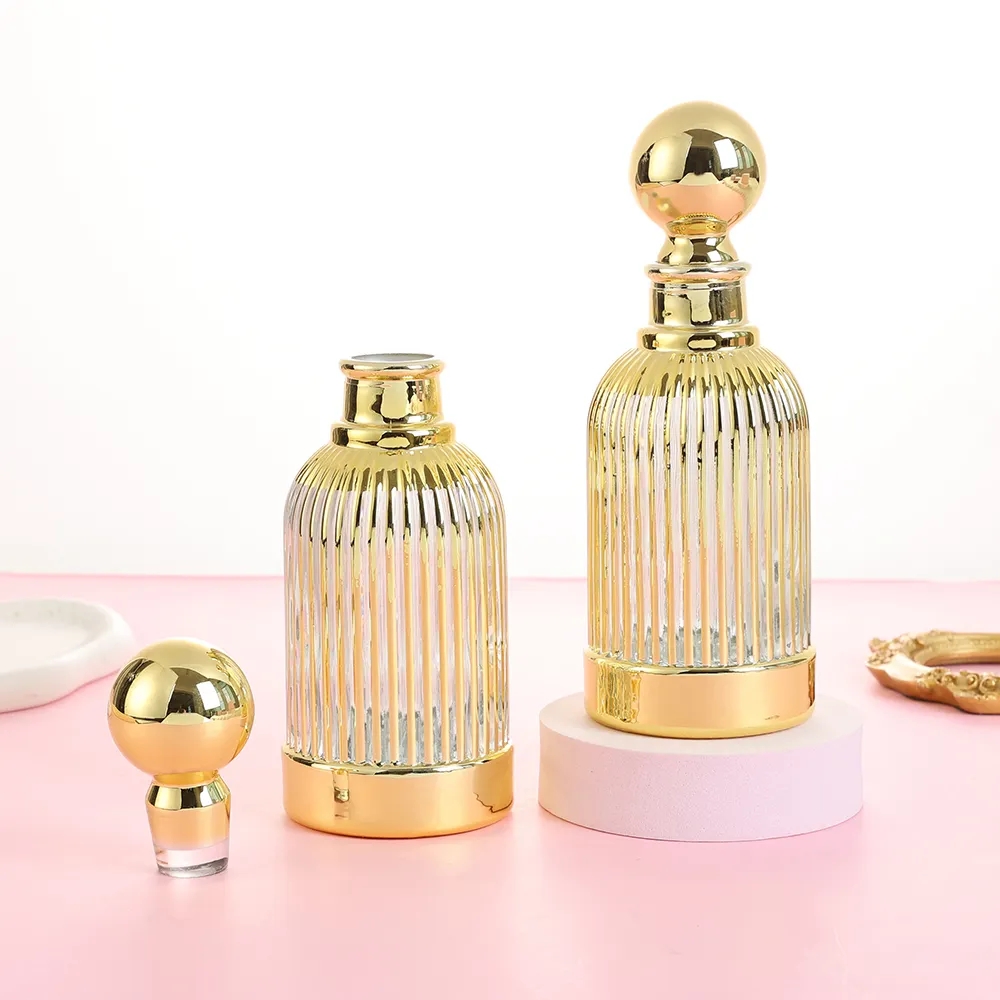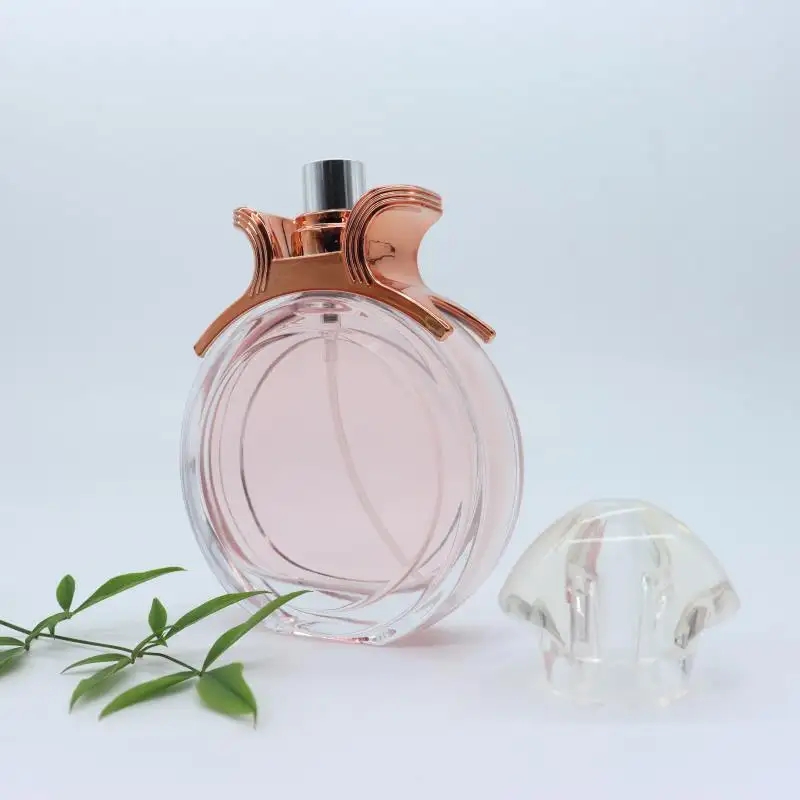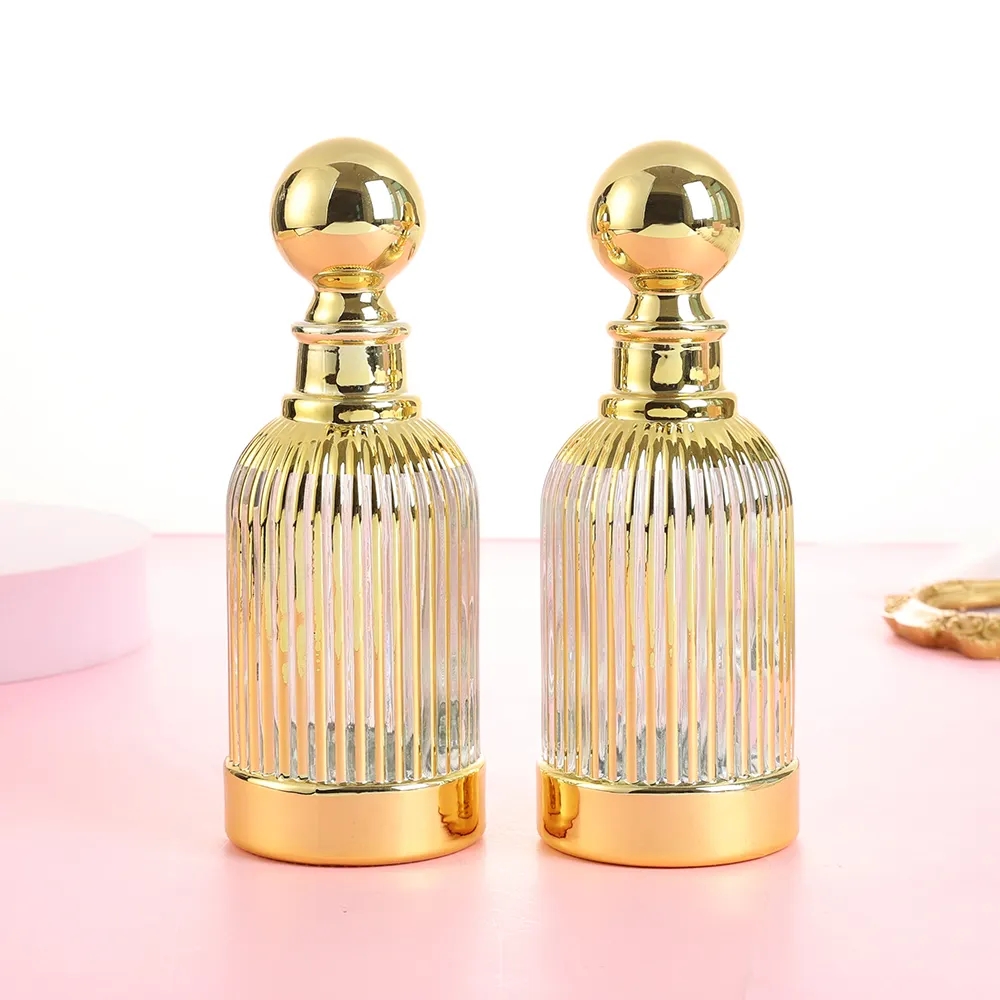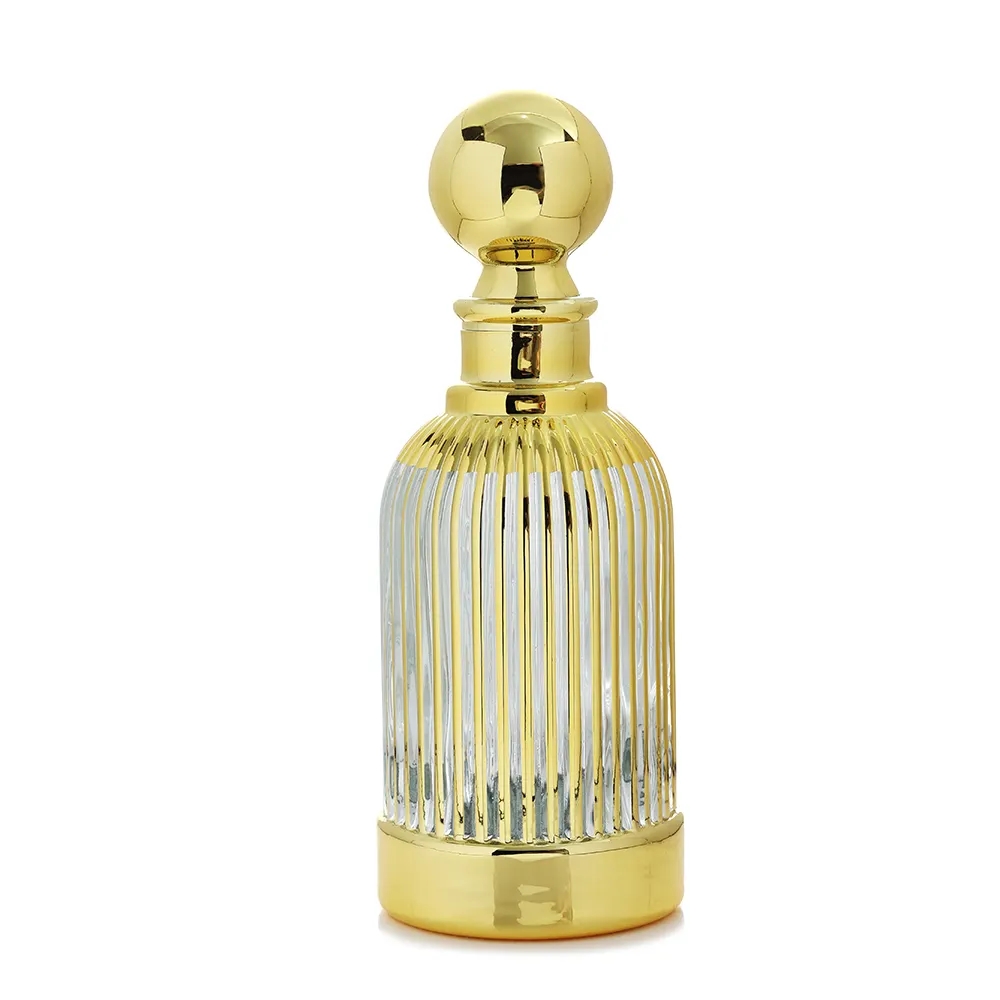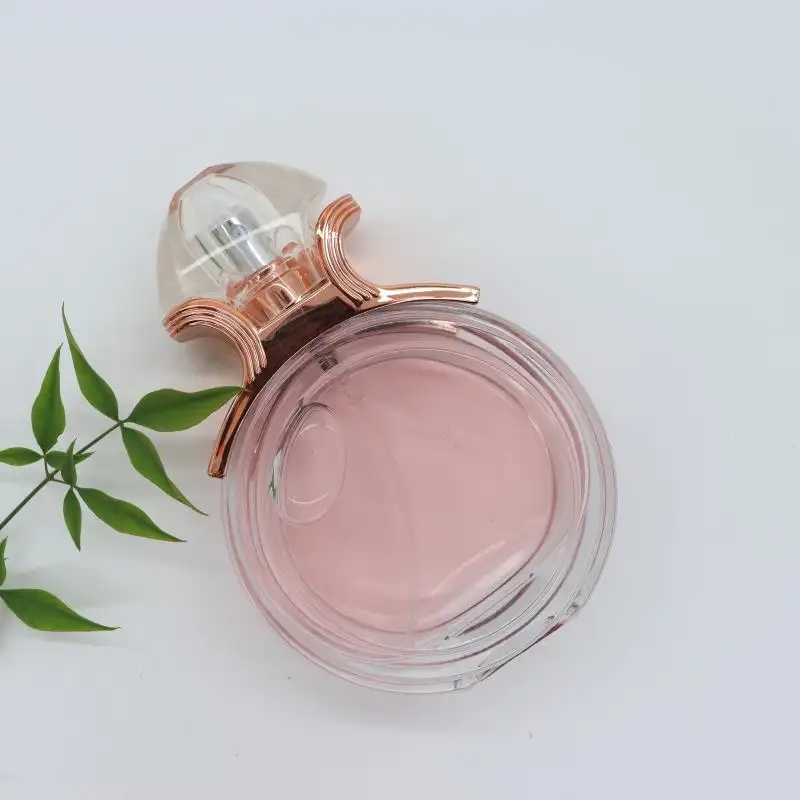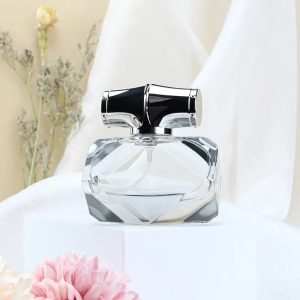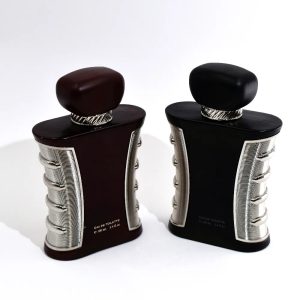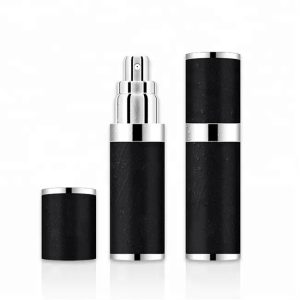Vintage perfume bottoms, often referred to as the base or bottom notes in perfumery, play a crucial role in the overall scent composition and longevity of a fragrance. Here are some benefits and characteristics associated with vintage perfume bottoms:
- Longevity: Base notes have heavier molecular structures, leading to a slower evaporation rate. This makes them responsible for the fragrance’s staying power, ensuring that the scent lasts for an extended period.
- Depth and Complexity: These notes provide depth and complexity to the fragrance, contributing to its full-bodied and well-rounded aroma. They often have richer, warmer, and more intense characteristics compared to the top and middle notes.
- Enhanced Blending: Base notes serve as a foundation for the entire fragrance composition, anchoring and harmonizing the various scent layers. They help balance the top and middle notes, creating a cohesive and balanced olfactory experience.
- Natural Ingredients: Vintage perfumes often utilized a higher concentration of natural ingredients, such as woods (sandalwood, cedarwood), resins (labdanum, benzoin), and animalic substances (musk, ambergris) in their base notes. These ingredients can provide a unique and nostalgic quality to the scent.
- Evolving Character: Base notes can evolve over time on the skin, revealing different facets of the fragrance as they interact with the body’s warmth and chemistry. This evolution adds an intriguing dimension to the overall perfume experience.
- Nostalgia and Rarity: Vintage perfumes often evoke nostalgia due to their unique formulation and discontinued ingredients. For collectors and enthusiasts, the base notes in vintage perfumes hold a historical and sentimental value.
- Luxurious and Timeless Appeal: Fragrances with well-crafted base notes can exude a luxurious and timeless quality, contributing to their enduring popularity and appreciation.
However, it’s important to note that the benefits of vintage perfume bottoms might vary based on the specific formulation, ingredients used, and storage conditions over time. Factors like exposure to light, heat, and air can alter the scent profile of vintage perfumes, sometimes enhancing or diminishing their original qualities.
Vintage perfume bottles often boast exquisite and unique packaging methods that reflect the era they were produced in and the artistry of the perfume house. Here are some notable packaging methods used for vintage perfume bottles:
- Glass Bottles: Vintage perfume bottles commonly feature intricate glasswork. They might have ornate designs, engraved patterns, or decorative elements like filigree, etching, or painted details. Glass bottles often reflect the style and aesthetics of the time period when they were created.
- Atomizers and Stoppers: Some vintage perfumes come with atomizers, which are devices used to spray the fragrance. These atomizers could be made of glass or metal, and they add a touch of elegance to the bottle. Stoppers or caps are also important; they can be made of various materials like glass, crystal, metal, or adorned with jewels.
- Unique Shapes and Sizes: Vintage perfume bottles often come in unique shapes and sizes, ranging from geometric designs to figurative shapes like animals, people, or abstract forms. Some bottles were crafted to resemble architectural structures or famous landmarks.
- Labeling and Branding: The labels and branding on vintage perfume bottles vary widely. Some feature intricate labels with calligraphy, embossing, or gold leaf, showcasing the perfume’s name, the perfumer’s signature, or the brand’s logo.
- Presentation Boxes: Packaging for vintage perfumes often includes presentation boxes or cases made from luxurious materials like velvet, satin, leather, or decorative papers. These boxes can be as ornate and detailed as the bottles themselves, serving as protective and aesthetically pleasing containers.
- Limited Editions and Collectibles: Some vintage perfumes were released as limited editions or collectibles, often featuring specially designed packaging to commemorate an event, anniversary, or a significant collaboration. These editions might have unique packaging elements like special boxes, engraved serial numbers, or accompanying certificates.
- Refillable and Reusable Packaging: In earlier times, some perfume bottles were designed to be refillable, encouraging customers to return to the same brand or perfumery for refills. These bottles might have had elegant mechanisms for easy refilling while retaining their aesthetic appeal.
Vintage perfume bottle packaging often carries an artistic and historical significance, showcasing the craftsmanship of both the glassmakers and the perfume houses. These bottles and their packaging methods contribute to the overall allure and collectibility of vintage fragrances.

